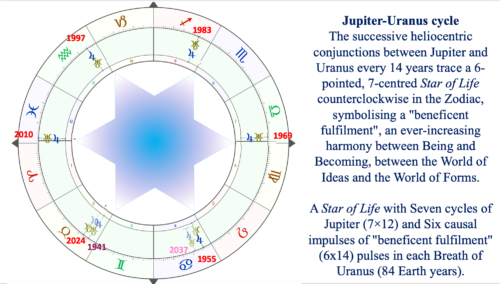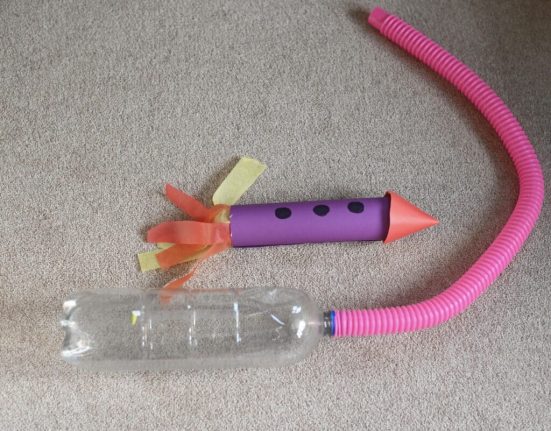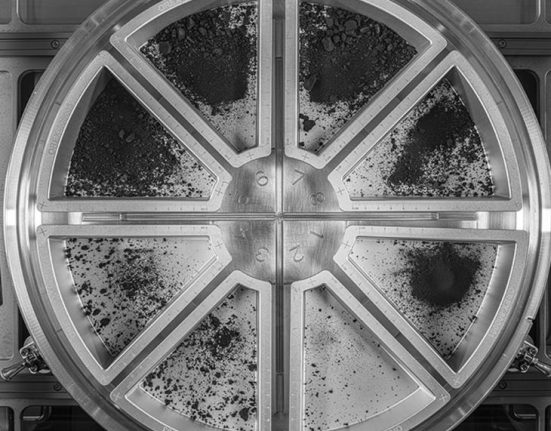On islands of wind,
seabird wheel –
carrying the ocean
brackish tongue
to thick lands
with footprints
of rats.
Ravenous night walkers,
stealing eggs
like thieves in the moonlight –
tangling the threads
between wing and wave.
Every corpse
restore
a winged ritual
of feathered pilgrims –
waterfalls of life
like black gold
falls like rain
to satisfy the hungry soil.
Rewoven fabrics
stretch one more time
from the sand to the sea –
holding strong
the heart of the island.
Above,
seabirds cry –
a fierce joy,
marked in red
in the tooth
and claw.
This poem is inspired by recent researchwhich has found that restored rat-free islands could support hundreds of thousands more breeding seabirds.
Mobile organisms like seabirds are crucial to maintaining healthy ecosystems by transferring nutrients across diverse environments, from their feeding grounds to their breeding grounds. Unfortunately, the degradation of island habitats, primarily due to invasive species such as rats and the loss of native vegetation, has disrupted this natural process. Rats, in particular, pose a significant threat as they feed on seabird eggs and chicks, dramatically reducing seabird populations and thus affecting the nutrient-rich guano deposits that support terrestrial and marine ecosystems. This ecological imbalance underscores the need to restore the islands, which involves the eradication of invasive species and the reintroduction of native plants to revive the natural habitats on which seabirds and other native wildlife depend.
A recent study on the Chagos Archipelago in the Indian Ocean has shown promising results from such restoration efforts. The researchers used predictive models to estimate that with invasive species control, primarily rat eradication and vegetation restoration, seabird populations could increase to more than 280,000 breeding pairs. This revival would replenish the flow of nutrients essential to supporting robust coral reefs and diverse fish populations, including species critical to coral health such as parrotfish. Increasing seabird populations would not only restore guano-driven nutrient cycles, but would also bolster the resilience of these ecosystems against the impacts of climate change, such as sea level rise and ocean bleaching. corals. These findings argue for island restoration as a conservation priority, highlighting the interconnected benefits between terrestrial and marine environments and urging the integration of these broader ecological benefits into future conservation strategies.














Leave feedback about this